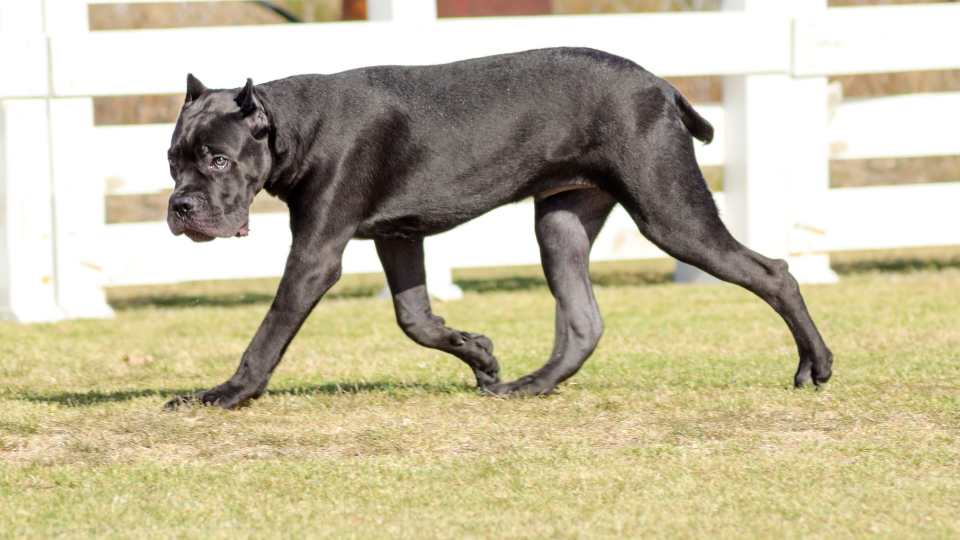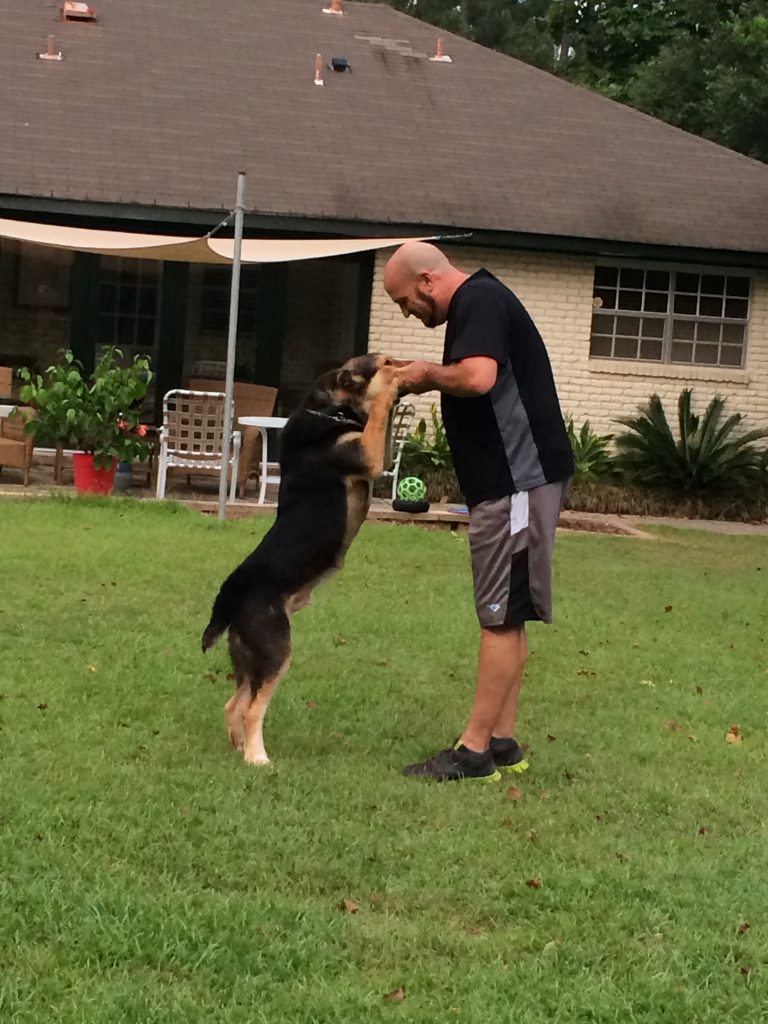(by StephenWeru)
You’ve been thinking of getting a personal protection dog.
From your research, you’ve encountered multiple posts arguing that Belgian Malinois are among the best protection dog breeds around.
And for good reason…

These short-haired, fawn-colored canines come with all the natural characteristics of a protection dog. They are athletic, intelligent, always alert, and confident. However, that’s not all it takes to make an excellent protection dog. The ability of a Belgian Malinois to protect you and your family depends on other factors.
This post aims to discuss these factors and debunk the myth that a Belgian Malinois will protect you just because you bought it.
But First, A Short History Lesson
Originally developed in Belgium in the late nineteenth century, the Belgian Malinois is a medium-sized shepherd dog that closely resembles the German Shepherd. However, unlike the German Shepherd, the Belgian Malinois is smaller and tends to have a squarer body profile.
Their ancestors were initially bred as herding and guard dogs.

Their reputation as excellent guard dogs resulted in them being the first dogs to be used by the Belgian Police. During the World Wars, the Belgian Malinois was enlisted to military duty where the breed performed various activities, including acting as light gun cart dogs and messenger dogs.
But why did the Belgian Malinois make an excellent military and Police dog? Keep reading to learn more.
The Personality of the Belgian Malinois
The Belgian Malinois temperament is one of the main reasons why most people consider the dog breed an excellent family protection dog.

These dogs are confident in any situation and are always alert. The Belgian Malinois also tends to be affectionate with people it’s familiar with but may act reserved when around strangers. They also get along with children, especially if they were raised together. Thanks to these characteristics, Belgian Malinois create unbreakable bonds with all family members.
The Malinois also comes with a high potential for playfulness. To the Belgian Malinois, every task you ask them to do is considered play. However, these personality traits don’t happen on their own. Factors such as genetics, socialization, and training play a significant role in influencing your Belgian Malinois temperament.

Without proper training, your Belgian Malinois could end up being more of a liability.
Why Training is Important
Very few dogs can defend their home from intruders without training.
Most untrained dogs rely on their survival instinct. When faced with danger, they first act aggressively. If initial barking and aggression don’t work, they flee and only defend themselves as a last resort.

The Belgian Malinois isn’t any different. If untrained, don’t expect it to keep intruders away. However, with professional protection dog training, your Belgian Malinois is capable of protecting you from not one but multiple intruders in any scenario.
Proper protection dog training will include early socialization and exposure to different people, sounds, sounds, and situations. This is because under-socialized Belgian Malinois tend to be aggressive due to either being shy or out of fear. A poorly socialized Malinois is more likely to bite people who may not be a threat.
However, a well-socialized and trained Malinois is excellent with everyone, including children.

Proper training also helps eliminate certain behavioral tendencies that may be ingrained in the Belgian Malinois DNA. An example of such behavior is the Malinois inclination to nibble at children’s feet as if they are trying to herd them.
Conclusion
Despite popular belief, Belgian Malinois aren’t naturally excellent personal protection dogs. They may be aggressive and may have an inclination to protect, but that doesn’t make them excellent protection dogs.
What makes the Belgian Malinois an excellent family protection dog is training.
And not just any training.

Backyard trainers won’t cut it. To ensure your Belgian Malinois is adequately equipped to protect you and your family, go for a professional that comes highly recommended. Professional protection dog training takes a comprehensive approach, where every dog is trained differently depending on the owner’s needs.
Professional protection dog training is done with the owner present, ensuring the dog bonds with all family members. With such training, you can be confident that your Belgian Malinois will adequately protect you and your family from any intruders.


























